Gratiola L.
hedge hyssop
Plantaginaceae
Hygrophila, Hypericum, Limnophila, Lysimachia, Lythrum, Macbridea, Mentha, Mimulus, Pogostemon, Rotala
temperatetemperate:
(adj) of the climatic zone between boreal and tropical
 regions and montane tropical regions
regions and montane tropical regions
Gratiola officinalis L.
G. peruviana L.
G. viscidula Pennell
Gratiola neglecta Torr. is introduced into Europe.
G. officinalis is introduced into Korea.
occasional weed
submersedsubmersed:
see submerged
 and emergentemergent:
and emergentemergent:
(adj) (syn. emersed) with parts raised out of the water; extending up out of the water
 attached stem plantstem plant:
attached stem plantstem plant:
(n) (a term used in the aquarium and pond plant trade) having an elongate stem (as opposed to a compact stem)

Annual or perennialperennial:
(adj) (of a plant) having a life cycle of more than two years
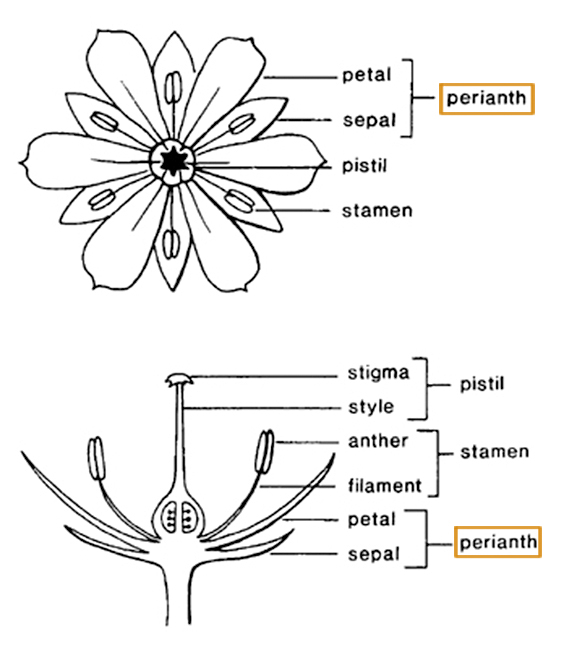 . Stems ascending or erect, new shoots arising from basalbasal:
. Stems ascending or erect, new shoots arising from basalbasal:
(adj) at or pertaining to the base, or point of attachment
 stem appearing jointed. Leaves oppositeopposite:
stem appearing jointed. Leaves oppositeopposite:
(adj) (of leaves) two leaves per node; in pairs on opposite sides of an axis
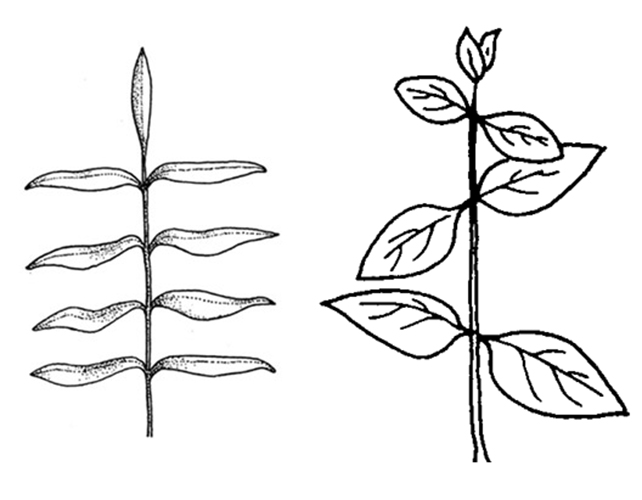 , decussatedecussate:
, decussatedecussate:
(adj) arranged along stem in pairs, with each pair at right angles to the pairs above and below
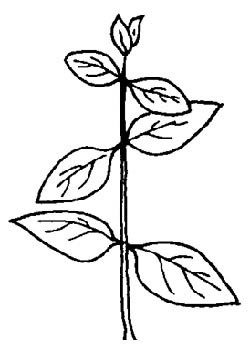 , evenly spaced along stem, sessilesessile:
, evenly spaced along stem, sessilesessile:
(adj) attached directly, without a stalk
 ; leaf bladeblade:
; leaf bladeblade:
(n) (syn. lamina) the flat, expanded part of a leaf, frond, or petal (excluding, e.g., the petiole)
 ovateovate:
ovateovate:
(adj) egg-shaped in outline; generally with the broad end at or near the base
 -lanceolate to linear; marginmargin:
-lanceolate to linear; marginmargin:
(n) edge; rim
 serrateserrate:
serrateserrate:
(adj) (of a leaf margin) bearing sharp teeth pointing forward or to the apex
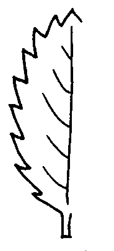 . Inflorescenceinflorescence:
. Inflorescenceinflorescence:
(n) the arrangement of flowers on the floral axis
 axillary. Flowers solitary, pedicellatepedicellate:
axillary. Flowers solitary, pedicellatepedicellate:
(adj) borne on a pedicel
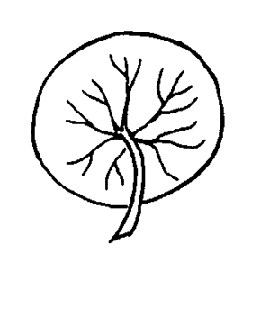 ; sepals 5, green, unequal; petals fused, 2-lipped, lobes 5, unequal, white. Dispersal by seed or stem fragments.
; sepals 5, green, unequal; petals fused, 2-lipped, lobes 5, unequal, white. Dispersal by seed or stem fragments.
shallow water and wet ground
Gratiola contains approximately 28 species, of which a few species, such as G. officinalis and G. peruviana, are sometimes cultivated for ponds. Gratiola officinalis is widely used as a medicinal herb and is protected in France.